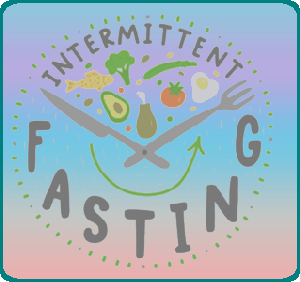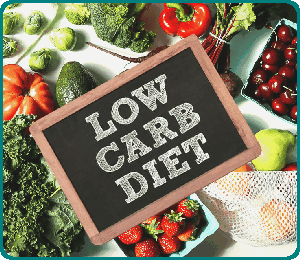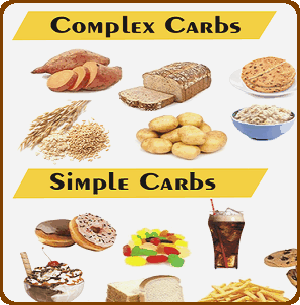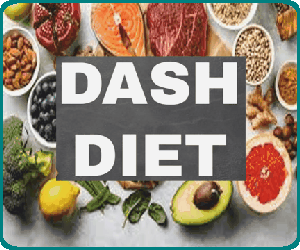What about Carbs on a Diabetic Diet?

Keto Diabetic Diet
For people with type 2 diabetes, contrary to common advice, most of us would be better off reducing even complex carbs in favour of fat and/or protein. Of course, check with your medical practitioner first, but most people are perfectly safe on a ketogenic diet, if properly followed.
Diabetes is a disease that happens when the body cannot properly
use food for energy. Insulin is a hormone that helps the body to get
energy from food. In people with diabetes, either the pancreas
doesn’t make insulin, or the body cannot use insulin properly. Insulin
is supposed to take sugar, which is the basic fuel for cells in the body,
from the blood and into the cells. Without insulin, the body’s main
energy source can’t get into its cells. Instead, that sugar builds up in
the blood.
Type 2 diabetes is the most common form of diabetes.
Approximately 90-95% of Americans with diabetes have type 2
diabetes. In type 2 diabetes, either the pancreas does not produce
enough insulin, or the cells ignore that insulin. If the cells are not
getting insulin or are “resisting” the insulin, then sugar will build up in
the blood.
The Keto Diet for Diabetes
Many with type 2 diabetes are overweight andd a ketognic diet can help both diabetes and weight loss. The goal of the keto diet is to have the body use fat for energy instead of glucose (carbohydrates). On the keto diet, much of the body’s energy from fat and protein, with very little coming from carbohydrates.
Example Foods for the keto diet include:
- eggs
- fish such as salmon, tuna
- cottage cheese
- avocado
- olives and olive oil
- nuts and nut butters
- seeds
- meat with/without fat
- berry fruits
- salads
Effects on blood glucose
The ketogenic diet has the potential to decrease blood glucose levels. Managing carbohydrate intake is recommended for people with type 2 diabetes because carbohydrates turn to sugar and, in large quantities, can cause blood sugar spikes.

Diabetic Diet?
 Brat Diet:
Brat Diet:The BRAT diet stands for Bananas, Rice, Apples, and Toast. The BRAT diet was often recommended for nausea, vomiting and diarrhea but is now considered too restrictive Continue Reading →
 Intermittent Fasting:
Intermittent Fasting:Which Intermittent Fasting Plan? 6:8 method,, 5:2 diet, Warrior Diet, Eat Stop Eat, Alternate Day Fasting (ADF) Before we go any further, whilst I think there may be Continue Reading →
 Keto Diet:
Keto Diet:There is only a very tiny edge to calories burned on a keto diet. It succeeds ONLY because you can control the carb cravings better. Don't be fooled by thinking you Continue Reading →
 Keto v Low Carb Diet:
Keto v Low Carb Diet:Difference between a Low Carb Diet and a Keto Diet? What is considered a low carb diet? Quote: Studies suggest that a low carb diet comprises 10–30% of calories from Continue Reading →
 Lose Weight Fast:
Lose Weight Fast:Here's the thing - to lose weight fast and, I assume, you want to keep the weight off, you have to lose fat not muscle. No matter what diet you choose it still comes Continue Reading →
 Low Carb Diet:
Low Carb Diet:Check out our low carb diet versus keto - Carbs are absolutely essential to fuel your brain and muscles, so your body naturally will crave carbs so cutting carbs to Continue Reading →
 Low Fat Diet:
Low Fat Diet:Are low-fat diets the way to go? Emphatically no unless you have to do it for health reasons - even then, do your research especially where cholesterol and the heart are Continue Reading →
 Mediterranean Diet:
Mediterranean Diet:The Mediterranean diet is based on the traditional foods of Greece, Italy and other countries that in the Mediterranean area. Whole grains, vegetables, legumes, fruits, Continue Reading →
 Paleo Diet:
Paleo Diet:The Paleo diet isn't so strict on carb intake, ie fruits and starchy vegetables are fine with Paleo but the Keto diet excludes many vegetables and most fruit. The Paleo Continue Reading →
 The Dash Diet:
The Dash Diet:The DASH diet, Dietary Approaches to Stop Hypertension (National Heart, Lung and Blood Institute) to prevent hypertension (high blood pressure). It emphasizes fruits, Continue Reading →
